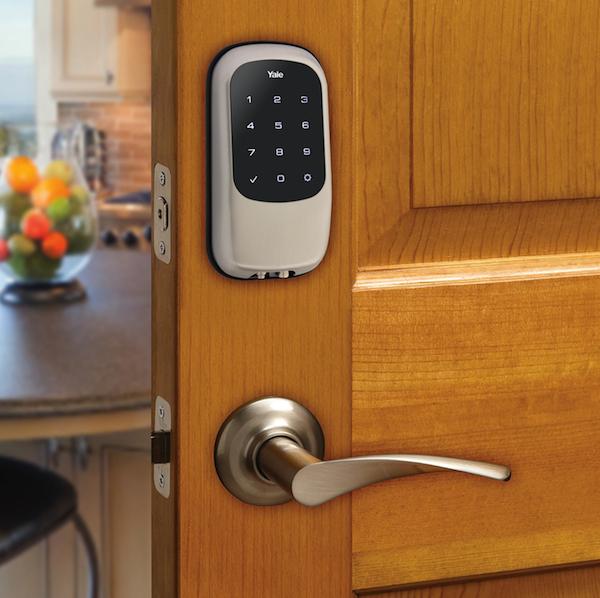Miami 247 Locksmith Services is your reliable partner in ensuring the security and access to your property round the clock in the vibrant city of Miami. With a commitment to excellence and a dedication to customer satisfaction, we offer a comprehensive range of locksmith services tailored to meet your residential, commercial, and automotive needs.
Our team of highly skilled and experienced locksmiths is available 24 hours a day, 7 days a week, ready to respond promptly to any emergency lockout situation or security concern. Whether you're locked out of your home, office, or car, our technicians are equipped with the latest tools and techniques to provide efficient and effective solutions, getting you back on track quickly and safely.













































